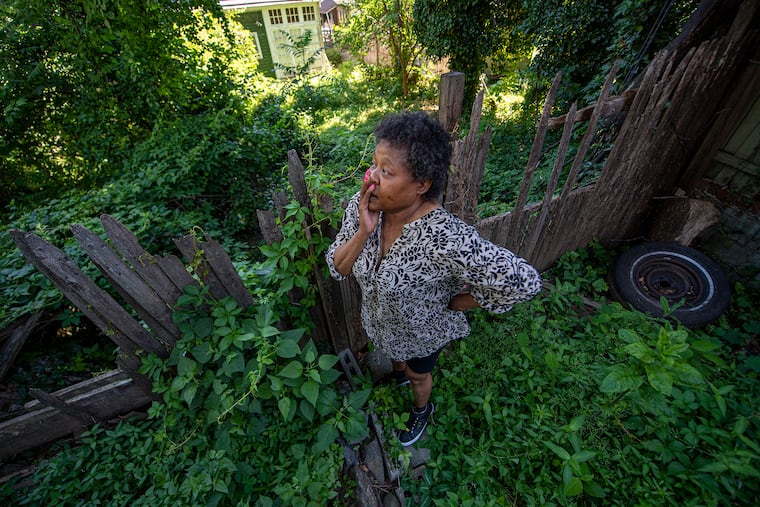Six years after a tree fell in her yard from a vacant lot, this Germantown homeowner still can’t get help to remove it
Because of the circumstances around the tree’s collapse onto the property, city departments and officials say they can’t do anything to help.
